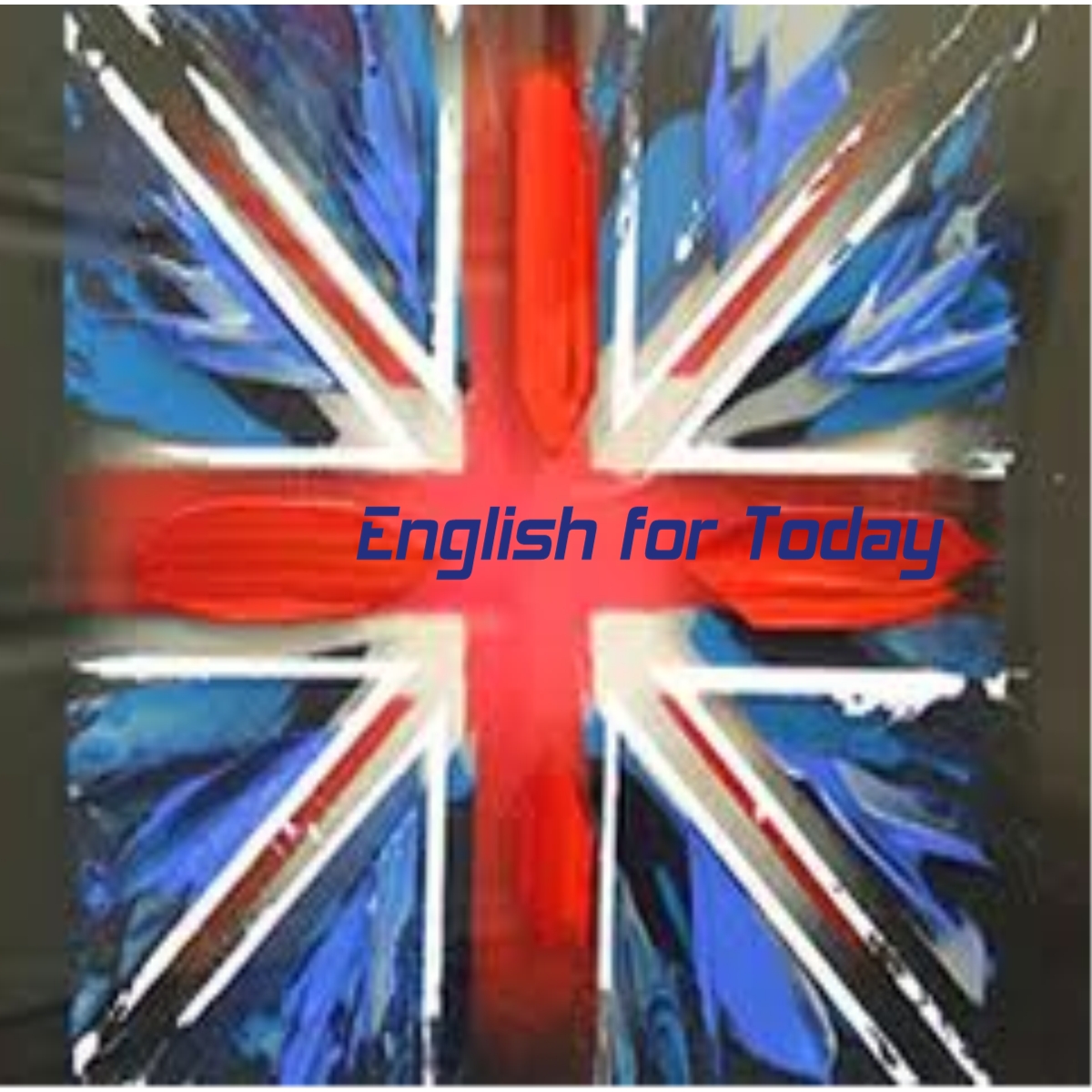In this first
block we will discover the verb is a mate full of special powers and
weaknesses. We will see they have conjugation characteristics,
duration, meaning, voice, mood, etc.
- Duration of a verb: Stative verbs vs dynamic verbs:
The verbs according to its duration, that is the meaning period of time described by the verb, can be stative or dynamic.
Stative verbs are those ones who have no duration and no distinguished endpoint because they describe states, characteristics about something or someone and states and characteristics can't be considered over time Let's see some examples:
Jeff has red hair. ('has' shows a characteristic about Jeff).
Nimlot likes his students very much. ('likes' shows Nimlot's feelings).
Julia wants a computer. ('wants' shows Julia's desire about a computer).
One important thing about the stative verb is the fact they can't be used in the continuous tenses because of their indefinite duration. So we can never say 'Jeff is having red hair' because his hair is always red.
Here are some important verbs that deserve our attention once they are stative: Like, know, belong, love, realise, fit, hate, suppose, contain, want, mean, consist, need, understand, seem, prefer, believe, depend, agree, remember, matter, mind, recognise, see, own, appear, look (=seem), sound, taste, smell, hear, astonish, deny, disagree, please, impress, satisfy, promise, surprise, doubt, think (=have an opinion), feel (=have an opinion), wish, imagine, concern, dislike, be, have, deserve, involve, include, lack, measure (=have length etc), possess, owe, weigh (=have weight). These verbs CAN'T be used in continuous tenses.
Dynamic verbs ave duration, that is, they occur over time. This time may or may not have a defined endpoit and may or may not have ocurred. Let's see some examples:
Jeff teaches French with CEM. ('teaches' show an action Jeff performs as a routine).
Linda travels to her parents' house every year. ('travels' shows an action linda performs every year). Dynamic verbs can either be simple or continuous once they express actions over time. So, we can also say 'Jeff is teaching French with CEM at the moment' and 'Linda is travelling to her mother house'.
*** Observation***
Some verbs can be either stative or dynamic depending on the meaning.
The main verbs in this category are: be, have, see, taste, think. Let's some examples with more details.
You are stupid! (stative – 'are' shows a personality trace).
You are being stupid” (dynamic – 'are being' in this case means behaving or acting)
I have a car. (stative – 'have' shows something which is mine).
I'm having lunch. (dynamic – 'have lunch is an expression which has the meaning of eating).
I see two red birds there. (stative – 'see' is an ability you have).
I'm seeing the doctor tomorrow. (dynamic – 'seeing' has the meaning of meeting). - Exercise: Decide if the verb is stative or dynamic.
a) I have lunch with my family most evenings.
b) I own two cats.
c)I think orange juice is healthy.
d) I'm thinking about moving to a new place.
e)The new dish you prepared tastes great!
f)I'm tasting the soup to see if it is too salty.
The answers to the questions may be sent to:
e-mail: eng.4.today@gmail.com
Twitter: www.twitter.com/eng4today
Facebook: www.facebook.com/eng4today
All the answers will commented by the teacher and sent back by email.
Please comment and give suggestion about the lessons and the prgramme.
This blog is a non commercial, non profit educational website.

English for Today by Nimlot Logan is licensed under a Creative Commons Attribution-NonCommercial-ShareAlike 3.0 Unported License.
e-mail: eng.4.today@gmail.com
Twitter: www.twitter.com/eng4today
Facebook: www.facebook.com/eng4today
All the answers will commented by the teacher and sent back by email.
Please comment and give suggestion about the lessons and the prgramme.
This blog is a non commercial, non profit educational website.

English for Today by Nimlot Logan is licensed under a Creative Commons Attribution-NonCommercial-ShareAlike 3.0 Unported License.



